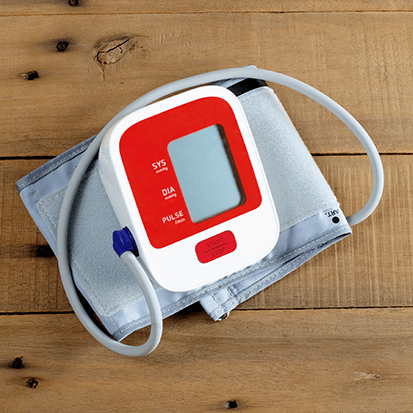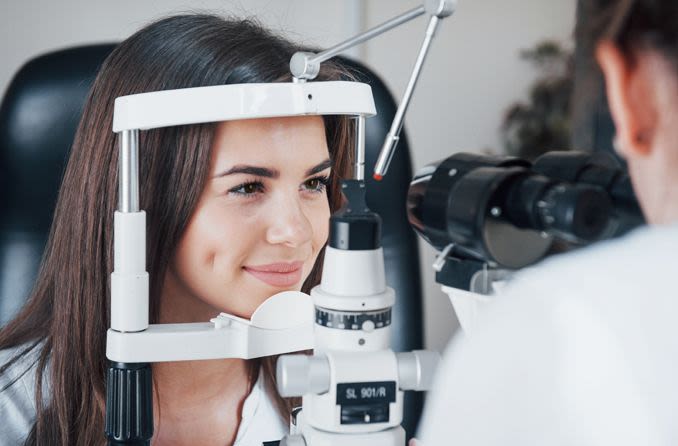All Categories
Featured
Reduced vision, a condition where traditional glasses, get in touch with lenses, or surgical treatment can not totally recover sight, can make everyday activities testing. Reduced vision recovery uses an array of sources to assist people maintain their freedom and top quality of life. This article explores the choices readily available for those looking for support in managing their visual problems.
What Is Reduced Vision Rehabilitation?
Reduced vision rehab is a structured strategy to help people maximize their remaining vision and adapt to new methods of performing everyday jobs. Specialists work with clients to develop tailored approaches, including tools, techniques, and training programs that suit their unique needs.
![]()
Secret Options for Reduced Vision Rehabilitation
Vision Enhancing Instruments
Optical Aids: Gadget like magnifiers, telescopic glasses, and unique analysis lenses can boost clearness for reading, creating, and various other close-up tasks.
Electronic Visual Help: Devices such as digital magnifiers and mobile video magnifiers give adjustable zoom abilities for various jobs.
Wearable Technology: Smart glasses geared up with video cameras and voice feedback deal sophisticated remedies for boosting vision.
![]()
Assistive Modern Technology
Screen readers, text-to-speech applications, and devices with voice commands make modern technology easily accessible for people with reduced vision.
Mobile phone applications, such as navigation help and object recognition tools, aid individuals communicate with their environments more effectively.
Training and Treatment
Positioning and Movement Training: Specialists teach skills for browsing rooms securely, consisting of using white canes or guide pets.
Daily Living Abilities Training: Rehab programs supply techniques for food preparation, cleansing, and personal care, making certain that people can carry out crucial jobs separately.
Aesthetic Skills Educating: Exercises made to enhance using staying field of vision can boost visual capability.
Ecological Adjustments
Changes to living or workspaces can significantly boost ease of access. Instances include:
Setting up brighter illumination.
Adding high-contrast markings to home appliances.
Organizing furnishings to develop clear pathways.
Support Networks
Emotional and emotional assistance is a critical part of rehab. Support system, treatment sessions, and therapy solutions can aid individuals deal with the obstacles of vision loss.
![]()
Peer networks connect individuals with comparable experiences, cultivating a sense of neighborhood and shared understanding.
How to Access Reduced Vision Recovery Services
Reduced vision rehab solutions are often offered by:
Low Vision Clinics: Operated by optometrists and eye doctors focusing on vision disabilities.
Work-related Specialists: Specialists in adapting settings and jobs to match private demands.
Nonprofit Organizations: Teams such as the American Structure for the Blind (AFB) or local loss of sight assistance companies supply important resources and referrals.
Verdict
Low vision rehabilitation supplies a range of sources customized to improve functionality, boost confidence, and enhance quality of life. If you or a loved one is facing the obstacles of low vision, consider getting to out to a professional or rehab center to check out the many alternatives available.
What Is Reduced Vision Rehabilitation?
Reduced vision rehab is a structured strategy to help people maximize their remaining vision and adapt to new methods of performing everyday jobs. Specialists work with clients to develop tailored approaches, including tools, techniques, and training programs that suit their unique needs.

Secret Options for Reduced Vision Rehabilitation
Vision Enhancing Instruments
Optical Aids: Gadget like magnifiers, telescopic glasses, and unique analysis lenses can boost clearness for reading, creating, and various other close-up tasks.
Electronic Visual Help: Devices such as digital magnifiers and mobile video magnifiers give adjustable zoom abilities for various jobs.
Wearable Technology: Smart glasses geared up with video cameras and voice feedback deal sophisticated remedies for boosting vision.

Assistive Modern Technology
Screen readers, text-to-speech applications, and devices with voice commands make modern technology easily accessible for people with reduced vision.
Mobile phone applications, such as navigation help and object recognition tools, aid individuals communicate with their environments more effectively.
Training and Treatment
Positioning and Movement Training: Specialists teach skills for browsing rooms securely, consisting of using white canes or guide pets.
Daily Living Abilities Training: Rehab programs supply techniques for food preparation, cleansing, and personal care, making certain that people can carry out crucial jobs separately.
Aesthetic Skills Educating: Exercises made to enhance using staying field of vision can boost visual capability.
Ecological Adjustments
Changes to living or workspaces can significantly boost ease of access. Instances include:
Setting up brighter illumination.
Adding high-contrast markings to home appliances.
Organizing furnishings to develop clear pathways.
Support Networks
Emotional and emotional assistance is a critical part of rehab. Support system, treatment sessions, and therapy solutions can aid individuals deal with the obstacles of vision loss.

Peer networks connect individuals with comparable experiences, cultivating a sense of neighborhood and shared understanding.
How to Access Reduced Vision Recovery Services
Reduced vision rehab solutions are often offered by:
Low Vision Clinics: Operated by optometrists and eye doctors focusing on vision disabilities.
Work-related Specialists: Specialists in adapting settings and jobs to match private demands.
Nonprofit Organizations: Teams such as the American Structure for the Blind (AFB) or local loss of sight assistance companies supply important resources and referrals.
Verdict
Low vision rehabilitation supplies a range of sources customized to improve functionality, boost confidence, and enhance quality of life. If you or a loved one is facing the obstacles of low vision, consider getting to out to a professional or rehab center to check out the many alternatives available.
Latest Posts
Enhance Your Home's Exterior with Weathercraft's Exterior siding Solutions
Published en
1 min read
Expert Business Roof Covering Solutions in North Platte, Nebraska
Published en
2 min read
Why Chicago Drivers Choose Montclare Auto Repair for Reliable Service and Great Savings
Published en
1 min read
More
Latest Posts
Enhance Your Home's Exterior with Weathercraft's Exterior siding Solutions
Published May 28, 25
1 min read
Expert Business Roof Covering Solutions in North Platte, Nebraska
Published May 25, 25
2 min read
Why Chicago Drivers Choose Montclare Auto Repair for Reliable Service and Great Savings
Published May 24, 25
1 min read